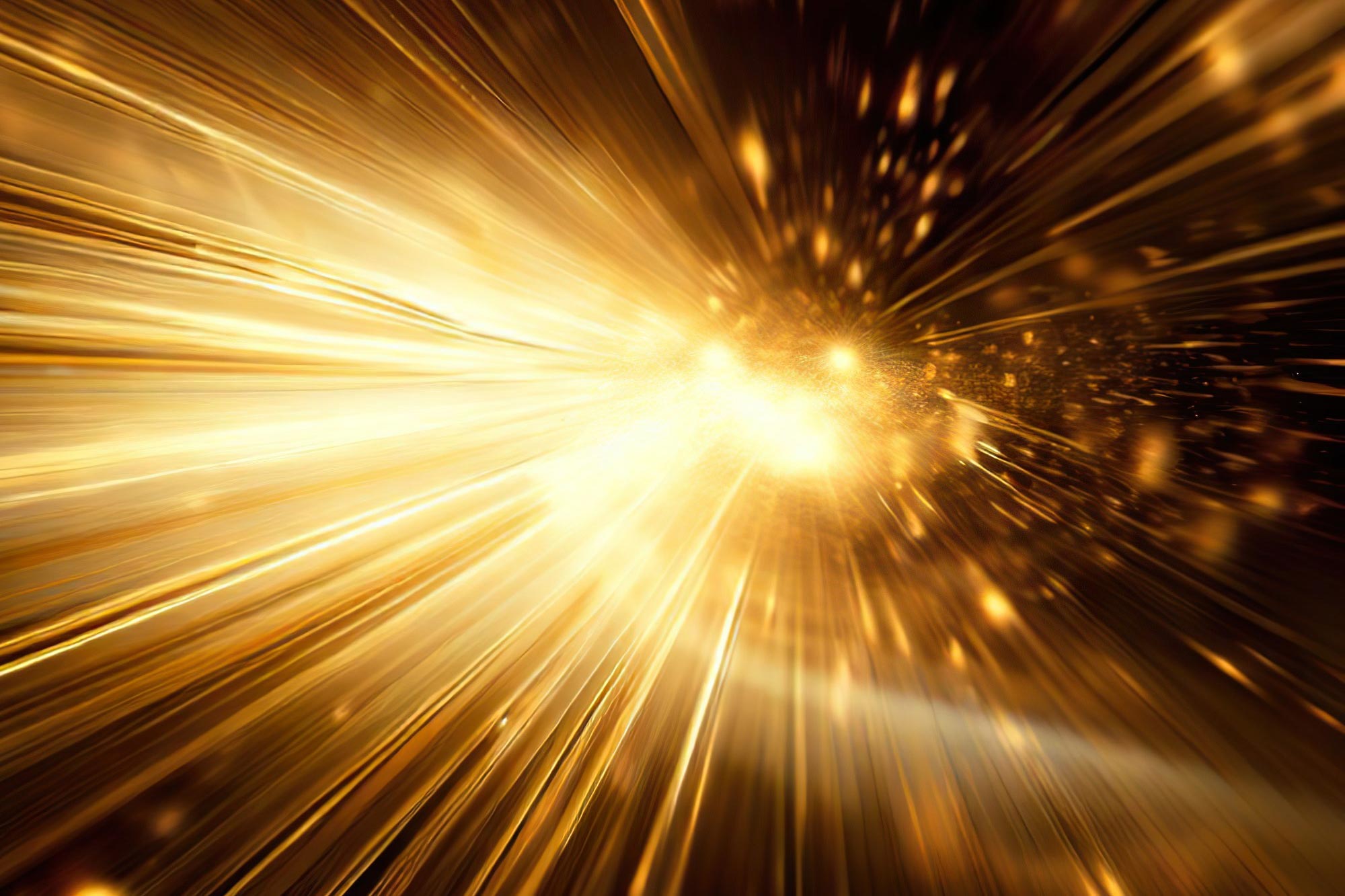
Physicists at the RHIC are studying phase changes in nuclear matter from gold ion collisions to identify a critical point in these transformations. Their research, involving recreating and examining the transition of quark-gluon plasma, a state of matter present after the Big Bang, suggests that fluctuations in the formation of lightweight nuclei could indicate this critical point. Certain data deviations hint at potential fluctuations, but further research is required to confirm a discovery.
Analysis of lightweight nuclei emerging from gold ion collisions offers insight into primordial matter phase changes.
Physicists analyzing data from gold ion smashups at the Relativistic Heavy Ion Collider (RHIC), a U.S. Department of Energy (DOE) Office of Science user facility for nuclear physics research at DOE’s Brookhaven National Laboratory, are searching for evidence that nails down a so-called critical point in the way nuclear matter changes from one phase to another.
New findings from members of RHIC’s STAR Collaboration published in the journal Physical Review Letters hint that calculations predicting how many lightweight nuclei should emerge from collisions could help mark that spot on the roadmap of nuclear phase changes.
New findings from members of RHIC’s STAR Collaboration published in the journal Physical Review Letters hint that calculations predicting how many lightweight nuclei should emerge from collisions could help mark that spot on the roadmap of nuclear phase changes.
Proof of a critical point—a point where there’s a change in the way nuclear matter transforms from one phase to another—is key to answering fundamental questions about the makeup of our universe. READ MORE...
No comments:
Post a Comment